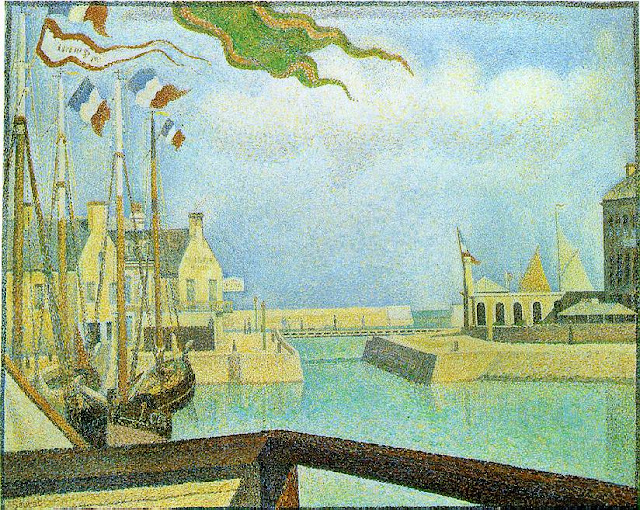This is part 2 of a 2-part post on the life and works of British illustrator Edward Julius Detmold (1883 – 1957). For biographical notes on Detmold and for more works see part 1.
 |
| From 'The Fables of Aesop' 1909 |
 |
| From 'The Fables of Aesop' 1909 |
 |
| From 'The Fables of Aesop' 1909 |
 |
| From 'The Fables of Aesop' 1909 |
 |
| From 'The Fables of Aesop' 1909 |
 |
| From 'The Jungle Book' 1913 |
 |
| From 'The Jungle Book' 1913 |
 |
| From 'The Jungle Book' 1913 |
 |
| From 'The Life of the Bee' 1901 |
 |
| From 'The Life of the Bee' 1901 |
 |
| From 'The Life of the Bee' 1901 |
 |
| Jasmines from 'News of spring and other nature studies' 1917 |
 |
| Off to the Fishing Grounds etching |
 |
| Squirrel |
 |
| The Fruits of the Earth |
 |
| The Happy Family etching |
 |
| The Hare and the Tortoise |
 |
| The Pomegranate, The Apple Tree and The Bramble from “The Fables of Aesop” |
 |
| The Seventh Voyage of Sinbad |
 |
| Venus atrapamoscas from 'News of spring and other nature studies' 1917 |









































+Angler+oil+on+panel+24+x+15.2+cm+%C2%A9+The+Samuel+Courtauld+Trust,+Courtauld+Institute+of+Art+Gallery,+London.jpg)
+Horses+in+Water+oil+on+panel+15.2+x+24.8+cm+%C2%A9+The+Samuel+Courtauld+Trust,+Courtauld+Institute+of+Art+Gallery,+London.jpg)


